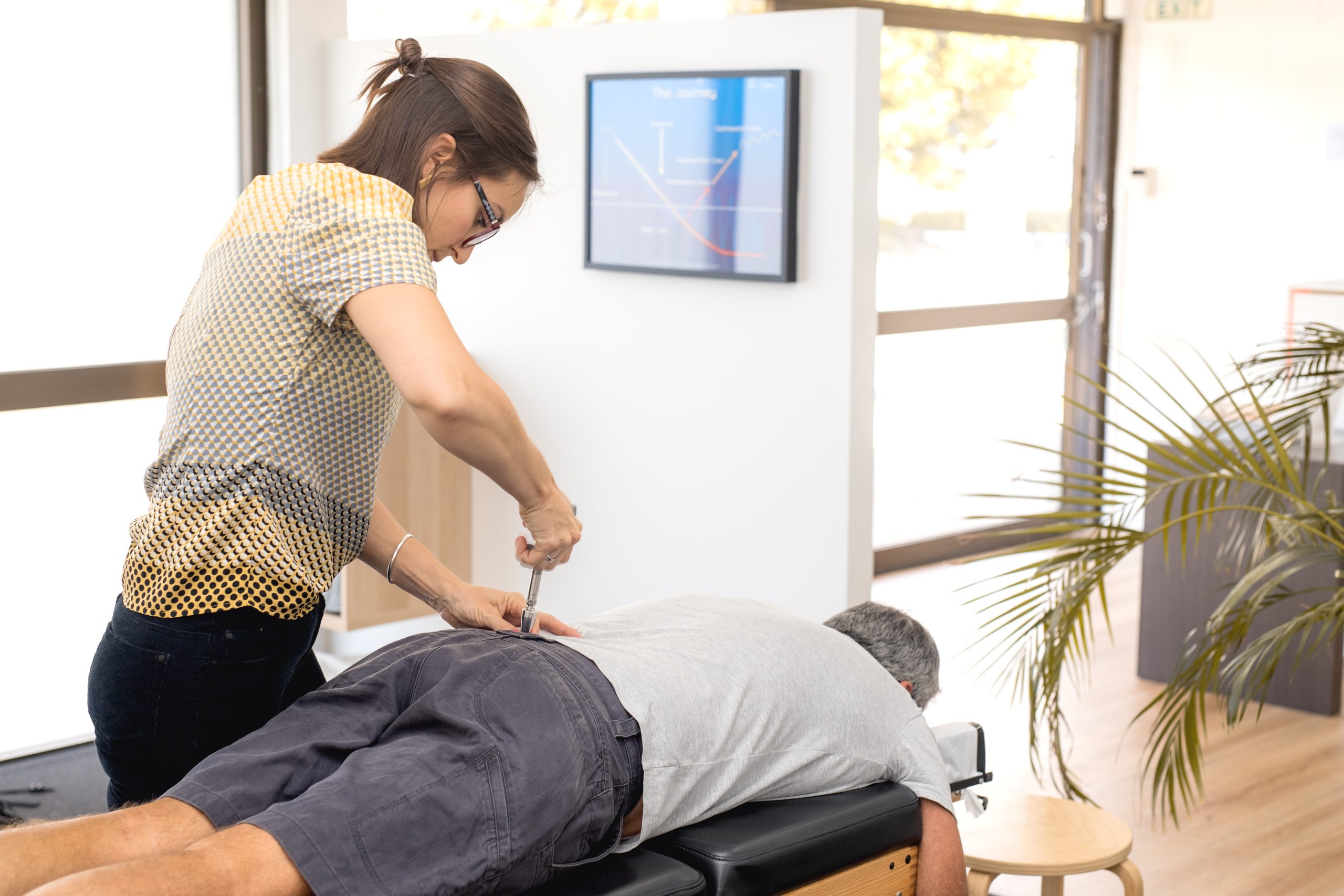When back pain becomes debilitating and conservative treatments stop working, many patients wonder if spinal decompression surgery is the next logical step. While surgery isn’t the first choice for everyone, it can be life-changing for individuals with severe nerve compression, spinal instability, or progressive neurological symptoms. Here’s what you need to know about surgical spinal decompression, recovery expectations, and non-surgical alternatives.
When Is Surgical Spinal Decompression Considered?
Surgical spinal decompression is typically recommended when:
- Non-surgical therapies (like physical therapy or spinal decompression tables) haven’t improved symptoms after several months
- You’re experiencing progressive nerve issues such as leg weakness, loss of balance, or even bladder/bowel dysfunction
- Imaging tests confirm severe spinal stenosis, herniated discs, or deformities compressing spinal nerves
- You’ve been diagnosed with conditions like spondylolisthesis, spinal tumors, or severe disc degeneration that require surgical correction
Surgical options include laminectomy, discectomy, foraminotomy, or spinal fusion, depending on your diagnosis.
What Does Recovery Look Like?
Recovery from spinal decompression surgery varies based on the type of procedure and the patient’s overall health. Most patients stay in the hospital for 1–3 days. Full recovery can take 6 weeks to 6 months, during which you may need:
- Physical therapy to rebuild strength and mobility
- Temporary activity restrictions (no heavy lifting, twisting, or prolonged sitting)
- Pain management and anti-inflammatory medications
- Follow-up imaging or checkups to monitor healing
Some patients experience immediate relief, while others improve gradually. Most importantly, the goal is to prevent permanent nerve damage and restore function.
Are There Alternatives to Surgery?
Yes, non-surgical spinal decompression therapy is often an effective alternative for patients with mild to moderate disc-related issues or nerve compression. This therapy uses a spinal decompression table to gently stretch the spine and relieve pressure on the discs and nerves.
Other non-surgical options include:
- Chiropractic adjustments
- Physical therapy
- Steroid injections
- Neuropathy-specific treatments (e.g., laser therapy, TENS units)
While these alternatives may not work for everyone, they are worth exploring before committing to surgery.
Frequently Asked Questions
Q: Is spinal decompression surgery permanent?
A: While it can offer lasting relief, outcomes vary. Some patients may require future surgeries or adjacent segment care.
Q: What are the risks?
A: As with any surgery, risks include infection, bleeding, nerve damage, or spinal fluid leaks. Recovery time is also longer than non-surgical treatments.
Q: Can I return to normal activity?
A: Most patients return to daily routines within 2–3 months, though strenuous activities may need to be limited long-term.
Conclusion
Surgical spinal decompression may be the right option if your condition is severe, progressing, or unresponsive to conservative care. While surgery involves more risk and recovery time, it can deliver significant, lasting relief for those who need it. If you’re unsure whether surgery is necessary, consult a spine specialist and weigh all your options, including non-surgical therapies.




